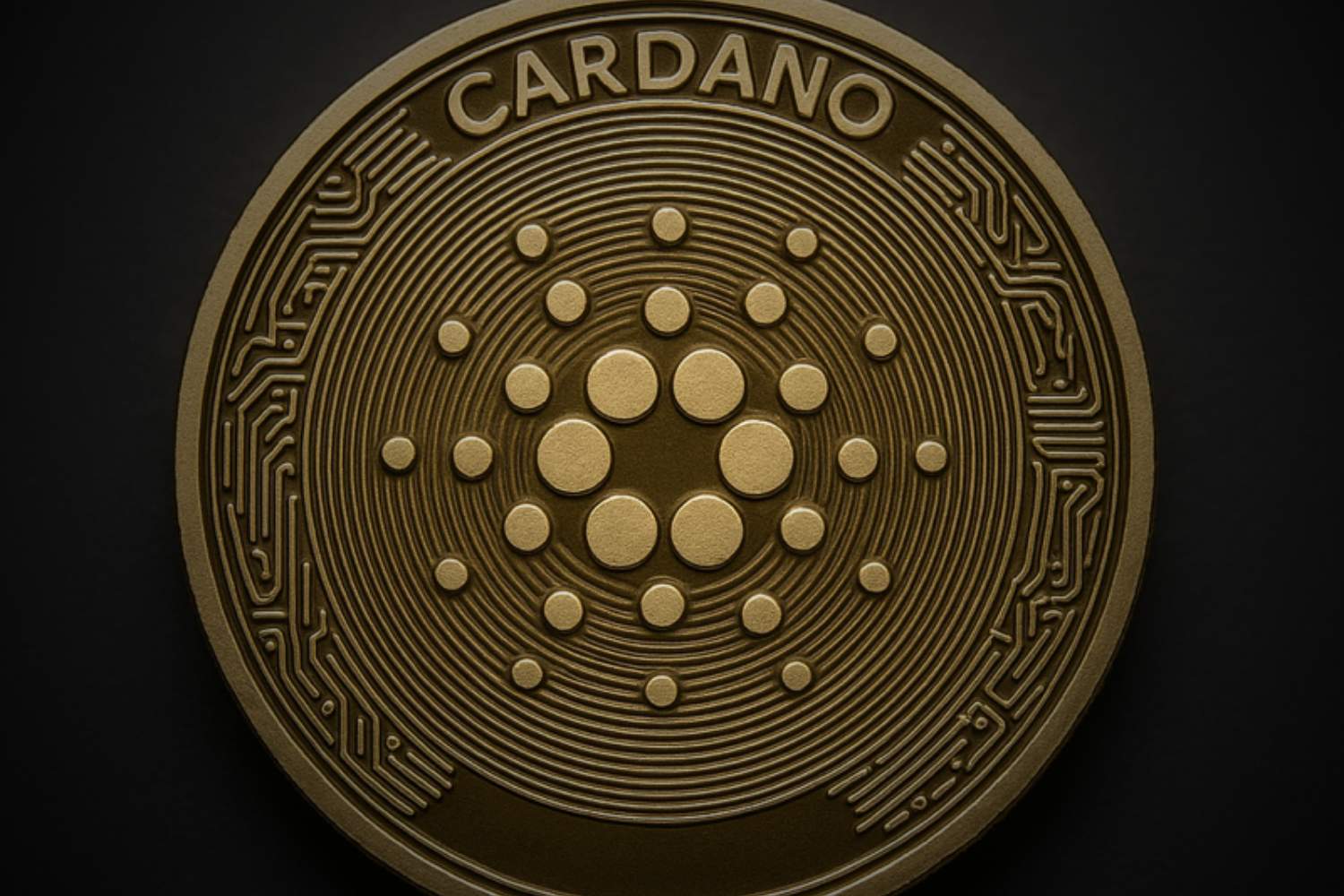In October 2025, US President Donald Trump announced a surprise tariff threat against China. It triggered a new wave of global economic uncertainty, sending shockwaves across digital assets.
Panic selling hit cryptocurrencies, liquidating over $19 billion in crypto bets in just 24 hours.
A CNN report described it as “the biggest crash in crypto history”, a sentiment echoed by an X user, who called it “the largest liquidation event in crypto history”
Cardano’s ADA was not spared during what was not just another black swan event, market veterans acknowledged that the scale of it was completely unprecedented.
Crypto analysts believe the price drop of Cardano to US dollar terms could be indicative of a normal cooldown after a strong rally earlier in 2025, rather than a panic response to Trump’s China tariff announcement.
How the market reacted
When global risk sentiment takes a turn for the worse, institutional investors gravitate towards Bitcoin (BTC) and Ethereum (ETH) as the two “blue chip” cryptocurrencies.
Because they depend more on retail (than institutional) participation, smaller platforms like Cardano usually experience larger swings in valuation during such circumstances.
It was no different this time. As equity markets dropped, causing panic selling, BTC fell to US$102,000 from above US$125,000 earlier.
ETH declined over 12% to settle just below US$3,800. ADA, considered to be a tracker of broader crypto sentiment, became more susceptible and dropped further.
At the time of writing, it was trading around US$0.64, a nearly 25% decrease over one month.
At the same time, Exchange-traded Funds (ETFs) tracking crypto in the US, Switzerland, and Germany attracted record inflows worth billions in US dollars.
Although still mostly targeting BTC and ETH, it confirmed institutional investors’ appetite for digital assets even in a risk-off environment where they are more cautious, seek safer assets, and focus on preserving capital.
ADA versus the US dollar (and its other peers)
Valdrin Tahiri from CNN suggests ADA is “nearing the end of a classical correction” and a breakout could follow if it reaches $0.85 to $0.90.
Blockchain News reporter Caroline Bishop says it is likely that ADA is consolidating in preparation for “a next big move”.
Cardano’s founder, Charles Hoskinson, believes ADA could outperform Bitcoin.
Analytics Insight says BTC remains “the undisputed leader of the digital asset era”, with ETH in second place.
“One of the most sustainable and research-driven blockchains in the industry”, the article lists ADA with BTC, ETH, and Ozak AI as one of the four projects “most likely to define the next wave of crypto wealth generation”.
What does the future hold for ADA? Can it compete?
ADA’s price will remain vulnerable to macroeconomic shocks and regulatory shifts.
However, its strong global community, formal specifications, and technological upgrades driven by peer-reviewed, academic research ensure long-term sustainability.
Investors chasing short-term returns may find waiting for ADA too lengthy.
Ultimately, investors must weigh short-term risks against long-term potential. Those who value patience and stability will find it in ADA.
